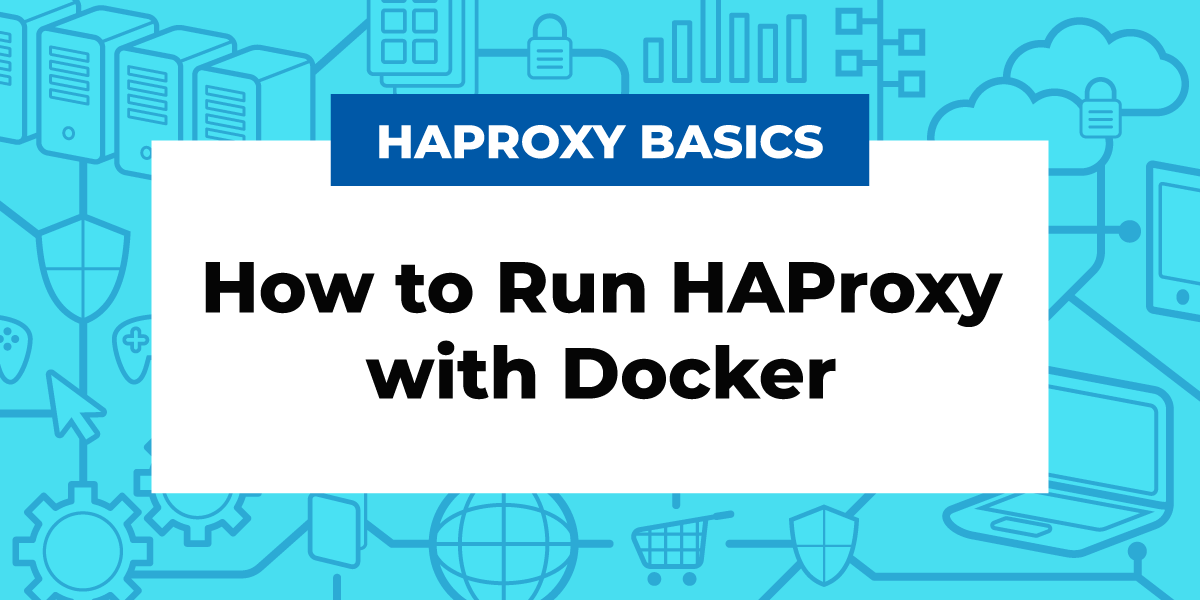

- #Docker for mac disable kubernetes how to#
- #Docker for mac disable kubernetes for mac os x#
- #Docker for mac disable kubernetes for mac os#
I spent some time working with Kind, setting up a cluster, and suddenly realized that it was a bit late in the evening so I shut down my computer and went off to bed.

To further debug and diagnose cluster problems, use 'kubectl cluster-info dump'. The following output can be seen in the terminal window: Kubernetes master is running at If the suggested command is issued like this: sudo kubectl cluster-info -context kind-kind Successfully started the Kubernetes cluster, the console shouldĬontain output along the following lines: Starting a Kubernetes cluster with Kind. Kubectl in place, a Kubernetes cluster can now be created and started
#Docker for mac disable kubernetes for mac os#
To install kubectl autocompletion for Mac OS X, install andĪctivate the bash-completion package like this:
#Docker for mac disable kubernetes for mac os x#
Shell the first for the current shell and the second installs it forĪll new bash shell sessions: source > ~/.bashrc Install kubectl Autocompletion for Mac OS X The following commands installs kubectl autocompletion in the bash Generate output similar to the following: Client Version: version.Info Install kubectl Autocompletion for Ubuntu Successfully installed, the result of the last command should Kubectl binary to an appropriate location: The kubectl tool is a command-line tool for interacting with Kubernetes clusters.ĭownload the latest version of kubectl for Ubuntu:ĭownload the latest version of kubectl for Mac OS X: In the terminal as a result of the last command: kind version 0.7.0 Installing kubectl Successfully installed, you should see something like the following Move the Kind binary to an appropriate location:.Replace the “v.0.7.0” in the URL below with the version from the prvious step! Check which version to install by opening the following URL in a browser:Īt the time of writing, the latest version is 0.7.0 and this is the version I will be installing.If DockerĪccomplished in the same way for Ubuntu and Mac OS X: To be run in Docker, Docker is an obvious prerequisite. The creator of Kind only recommend Kind for testing Kubernetes or testing Kubernetes applications and states that it is not suitable for production use. – Kind does not support the LoadBalancer type.įor an alternative to Kind, please refer to my article on running K3S in virtual machines.
#Docker for mac disable kubernetes how to#
In this article, which purpose mostly is to scribble down some notes for myself, I am going to describe how to run Kubernetes in Docker containers using Kind (Kubernetes in Docker) on Ubuntu and Mac OS X.Īfter having used Kind some time I have encountered two issues that have caused me to continue my search for a development Kubernetes cluster: and the echo-system around it has developed a lot during the last few years making Kubernetes much more accessible. The generated service can be customized using the following properties: Table 17. The OpenShift resources can be customized in a similar approach with Kubernetes.


The table below describe all the available configuration options. Previous versions of the Kubernetes extension supported a different syntax to add environment variables.The older syntax is still supported but is deprecated and it’s advised that you migrate to the new syntax. "image" : "yourDockerUsername/test-quarkus-app:1.0.0-SNAPSHOT",


 0 kommentar(er)
0 kommentar(er)
